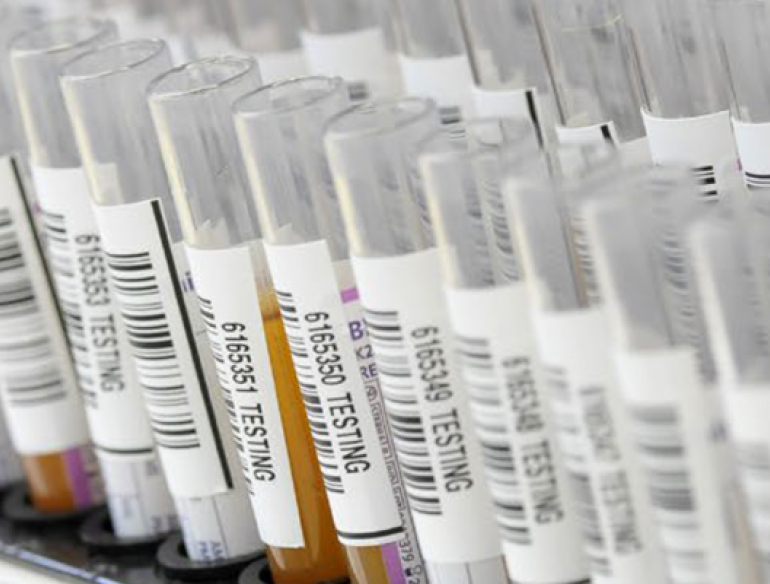- Over the period 2005 – 2012, there were approximately 10 million blood donations in Australia with an average of 1.25 million donations per year. Total blood donations declined (by 3.7%) in 2012 compared to 2011, reflecting both a reduced clinical demand for red cells leading to fewer whole blood collections, and expansion of automated plasma collections to meet an increasing demand for some plasma products, principally
intravenous immunoglobulin. - Consistent with previous years, about 3.2% of the Australian population aged between 16 – 80 years donated blood during 2012.
- A total of 215 blood donors were detected as having a transfusion‑transmissible infection (hepatitis B virus (HBV), hepatitis C virus (HCV), human immunodeficiency virus (HIV), human T‑cell lymphotropic virus (HTLV), or active syphilis) in 2012. None of the donors had co‑infections. More than 94% of these donors were infected with either HBV or HCV. A total of 1,915 TTI‑positive donors have been detected in the 2005‑2012 period.
- No transfusion‑transmitted HIV, HCV, HTLV or syphilis infections were reported during 2008‑2012. Three probable cases of transfusion‑transmitted HBV infection were reported in the 2008 – 2012 period, two in 2009 associated with the same donor and one further case in 2011.
The Annual Surveillance Report on Transfusion-transmissible Infections (TTI) in Australia provides a comprehensive analysis of trends in transfusion-transmissible infections among Australian blood donors. The report aims to provide evidence to inform the ongoing assessment of laboratory testing algorithms for detecting transfusion-transmissible infections as well as evaluation and revision of donor education guidelines for minimising the risk of transfusion-transmissible infections and thus maximising the safety of the Australian blood supply.
The 2013 Surveillance Report on Transfusion-transmissible Infections in Australia is produced jointly by the Australian Red Cross Blood Service (ARCBS) and the Surveillance and Evaluation Program at the Kirby Institute, University of New South Wales. This is the third report to summarise data from the national surveillance system for blood donors maintained electronically by the ARCBS. The report focuses on data collected during the 2012 calendar year. It also assesses trends against the previously published data for 2005 – 2011 contained in the 2012 surveillance report.
Importantly, this year's data is also included on non-compliance among test-negative blood donors to selected high-risk donor deferral criteria in Australia. Results from a large anonymous national survey on Australian blood donors are summarised. This year, for the first time, data are also presented on bacterial testing for platelets which provides important information on the risk of transfusion-associated sepsis. Consistent with the last year’s report, data on malaria testing and surveillance activities for emerging infections are also included.
Contacts
Chief investigators
Associate Professor David Wilson
Head, Surveillance and Evaluation Program for Public Health
The Kirby Institute, The University of New South Wales
+61 2 9385 0900, dwilson@kirby.unsw.edu.au
Dr Clive Seed
Senior Blood Safety Analyst, Donor and Product Safety (DAPS) Policy Unit
Australian Red Cross Blood Service
+61 8 6213 5913, cseed@redcrossblood.org.au
Further information
These publications are also available here.
An overview of current donor selection criteria and donation testing can be accessed from the Australian Red Cross Blood Service website.
